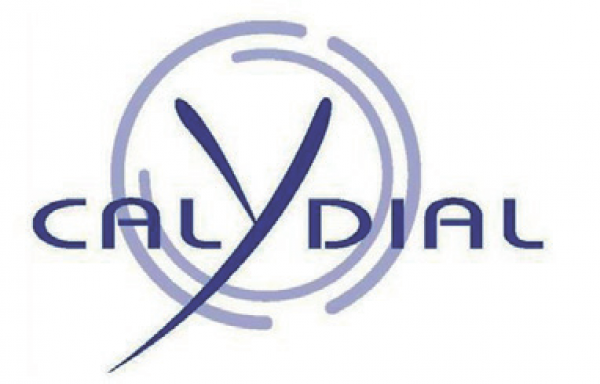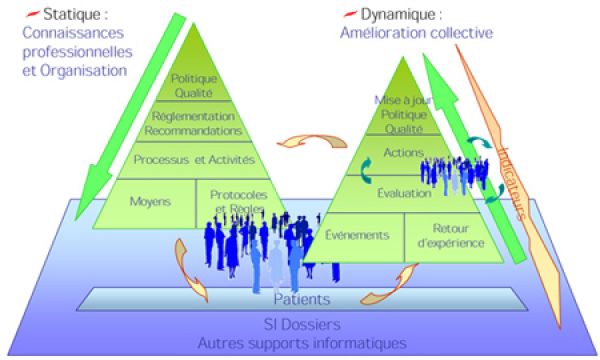Lyon's voluntary centre of dialysis, CALYDIAL, is an health establishment with a status of non-profit organization in accordance to the law of 1901.
Created in 1984, CALYDIAL took care of 150 patients in 2006 and its goals are still as followed:
- to make all forms of replacement treatment possible for patients in chronic renal failure,
- to provide patients the most self-ruling means of treatment adapted to their condition,
- to gather people interested and concerned by all the issues raised by this type of treatment (Extract of the status of CALYDIAL, official gazette of 8th of August 1998).

